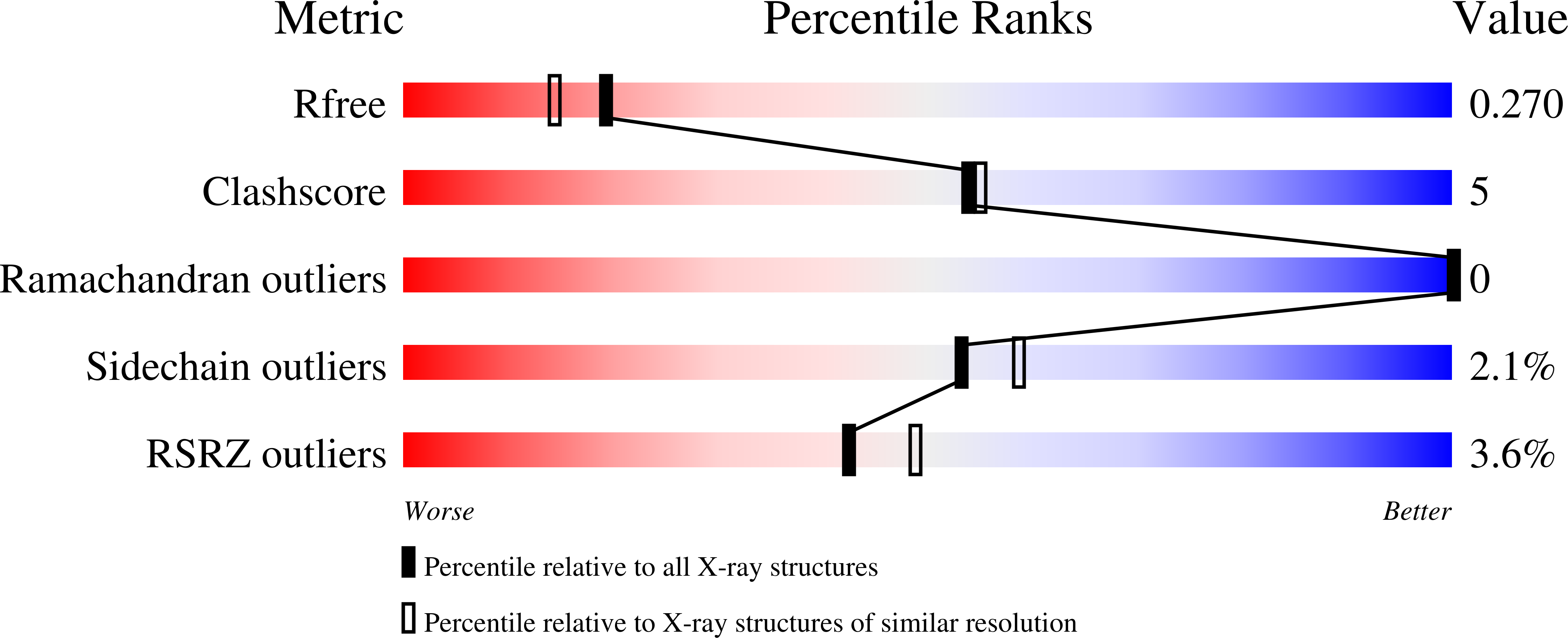
Deposition Date
2023-09-19
Release Date
2024-01-17
Last Version Date
2024-01-31
Entry Detail
PDB ID:
8QLD
Keywords:
Title:
Bacteriophage T5 dUTPase mutant with loop deletion (30-35 aa)
Biological Source:
Source Organism:
Escherichia phage T5 (Taxon ID: 2695836)
Host Organism:
Method Details:
Experimental Method:
Resolution:
2.10 Å
R-Value Free:
0.26
R-Value Work:
0.22
Space Group:
P 65


